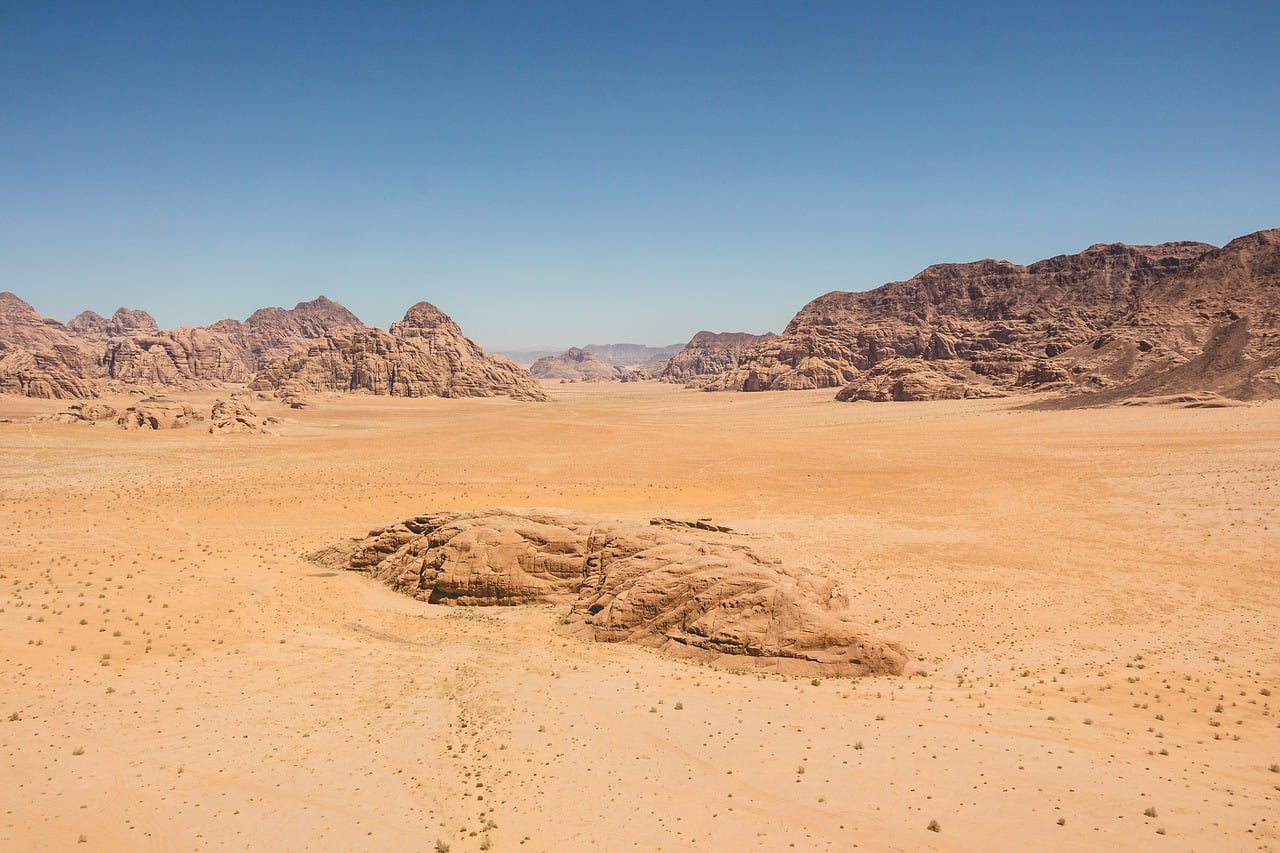Sahara is the largest hot desert in the world; it’s a huge landscape coated with sand and heated by the scorching sun. The Sahara covers several countries and continues to expand. Now after a recent study, scientists have revealed a plan to make the Sahara green and more acceptable to live in.
It’s no secret that the Sahara offers huge potential for energy projects due to its sunny conditions. Several companies are trying to find a way to capitalize on that sunlight and create energy via solar power — possibly even enough power to one day support the entire world.
A new study published in the journal Science uses a different approach than the one usually employed. Solar and wind farms could bring rain and make the Sahara green, just like scientists believe it was thousands of years ago. A study conducted last year suggests that the Sahara was green and lush only 10,000 years ago, but eventually, humans who lived west of the Nile River brought goats, cows and other livestock which ate all the grass, altering the Sahara’s climate. However, now they want to make it rain there again.
“We found that the large-scale installation of solar and wind farms can bring more rainfall and promote vegetation growth in these regions,” said atmospheric scientist Eugenia Kalnay from the University of Maryland, one of the authors of the study, in a statement. “The rainfall increase is a consequence of complex land-atmosphere interactions that occur because solar panels and wind turbines create rougher and darker land surfaces.”
Scientists already know the effects of wind and solar farms on heat and humidity in the regions they are used in. However, they haven’t been enough confident to build a huge renewable energy system in the Sahara Desert.
The Sahara also has a great position north of the transitional Sahel region. The desert is situated near Europe and the Middle East, which could make a massive renewable energy source for those continents.
“Our model results show that large-scale solar and wind farms in the Sahara would more than double the precipitation in the Sahara, and the most substantial increase occurs in the Sahel, where the magnitude of rainfall increase is between ~200 and ~500 mm per year,” said the study’s lead author, Yan Li, who began the research at the University of Maryland and is now at the University of Illinois at Urbana-Champaign. “This increase in precipitation, in turn, leads to an increase in vegetation cover, creating a positive feedback loop,” Li added.
Meanwhile, solar panels that absorb the sun’s rays in the region would reduce the amount of reflected surface light, known as albedo. That would increase precipitation there too. Such infrastructure would be quite challenging to build, meaning a solar farm there would likely be huge, like the size of China or the United States.
“In 2017, the global energy demand was only 18 terawatts, so this is obviously much more energy than is currently needed worldwide,” Li said.
Since fossil fuels have a huge impact on the world’s climate, the new study gives hope in alternative energy technologies which could make the Sahara green. Such technologies could result in significant environmental benefits that we do not yet know of.
“In addition to avoiding anthropogenic greenhouse gas emissions from fossil fuels and the resulting warming, wind and solar energy could have other unexpected beneficial climate impacts when deployed at a large scale in the Sahara, where conditions are especially favourable for these impacts,” the team wrote in their paper.
Will scientists really be able to make the Sahara green, or will it remain only an idea? Hopefully, the idea receives support from multiple organizations and is recognized as a priority in keeping our planet green and beautiful and making our energy renewable.





